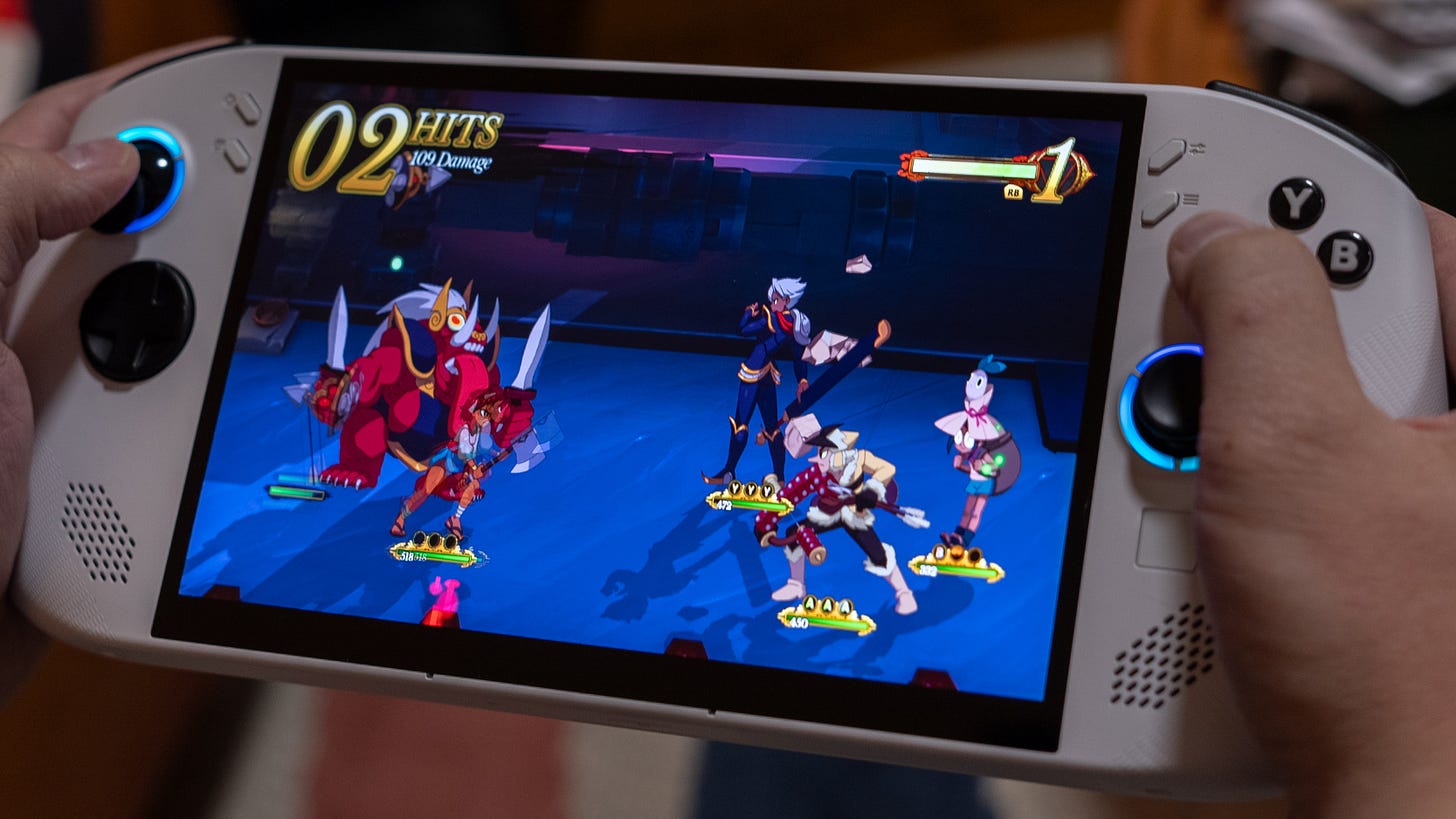Lenovo Legion Go S review: a preview of the first AMD Z2-powered gaming handhelds
Comfortable and great-looking handheld, but wait until Lenovo turns it up to Z2 Extreme
🏆 Review score: 3.5 out of 5
Pros
✅ 🎮 Comfortable ergonomics for long play sessions
✅ 🖼️ Wonderfully bright and colorful display
✅ 📺 16:10 adds extra vertical pixels and minimal bezels I can’t live without
✅ 🔫 Adjustable triggers are a treat
✅ 🏃♂️ Performance keeps up with most flagship gaming handhelds
Cons
❌ 💰 $729 price is a tough sell for a less powerful, shorter-lasting handheld than any Z1 Extreme device
❌ 🪫 Battery drains very quickly even with power saving modes and lower resolutions
❌ ⏸️ Low CPU core count bottleneck causes latency to spike and frame rates to chug
❌ 🔒 Legion software lags and locks up often
❌ 📅 $499 & $599 models, and Z2 Extreme configurations arriving by May 2025

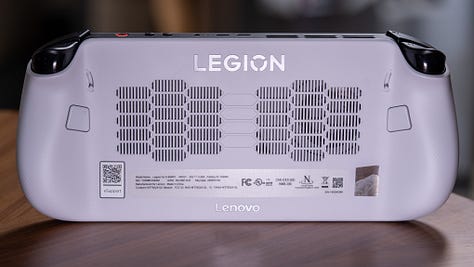

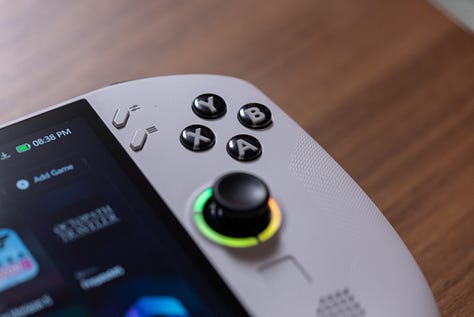
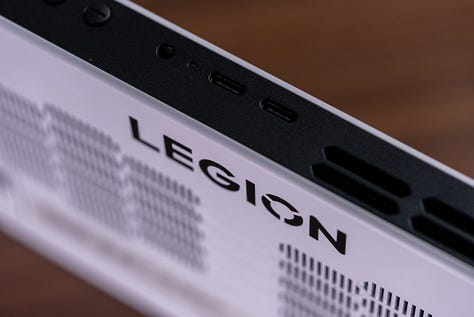
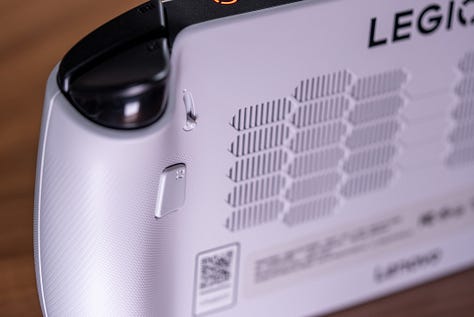
Shortcut Review
Lenovo has released the first AMD “Z2” powered gaming handheld, and while it's one of the most comfortable and attractive devices I’ve used, it’s too badly positioned to recommend to everyone. Priced at $729, the Lenovo Legion Go S has rolled out with a low-tier Z2 Go chip that’s somehow weaker than the Z1 Extreme but largely performs as well as the $799 Asus ROG Ally X. Unfortunately, it’s a hard sell when you consider Lenovo will release a $599 Windows OS version, $499 SteamOS model, and a more powerful Z2 and/or Z2 Extreme configuration later this May.
The Lenovo Legion Go S can be an excellent gaming handheld for the right price and configuration that will likely be released later this year. It offers fantastic ergonomics with extra comforts like adjustable triggers and a mini trackpad. The handheld’s 8-inch screen looks fantastically bright and vibrant. However, it has a short battery life that lasts at most four hours while even moderately graphically challenging games. The Lenovo Legion Go S is the perfect gaming handheld for long hours of plugged-in couch gaming and short stints for commuting, but not long flights without power and gaming on the go.
Full Review
😌 Comfortable shape. Lenovo has gone a long way in improving the ergonomics of the Legion Go S. It feels so comfortable to hold for long stretches thanks to its thick handles. The sides of the handheld are curved similar to an Xbox controller, except, of course, there’s a portable PC in between your hands. The textured plastic on the grips also adds a nice tactile grip to the device’s completely smooth plastic surface.
📺 More vertical pixels. The Lenovo Legion Go S sticks with a large 8-inch screen at a slightly lower 1,920 x 1,200 resolution and 120Hz refresh rate. That might feel like a step down from the original Legion Go’s 2,560 x 1,600 144Hz screen, but this device (and handhelds in general) can only realistically run its display at full speed at this lower resolution. More importantly, I very much welcome the 16:10 display’s extra vertical pixels and minimal bezels.
🖼️ Show stealing picture. The Lenovo Legion Go S’ screen is easily its best feature. At 8 inches, it’s just a little larger than the 7-inch screen handhelds like the Asus ROG Ally X and Steam Deck OLED. That extra inch makes all the difference, so I don’t have to squint at everything or hold the handheld closer to my face. It’s also a gorgeously vibrant display that presents colors that just pop off the screen. The 500-nit display is also bright enough to let me take my gaming outside to a park too.
💎 One-of-a-kind CPU. Internally the Legion Go runs with an Z2 Go processor that’s exclusive to Lenovo’s gaming handhelds. It’s the first chip I’ve gotten to test from AMD’s new Z2 chip lineup, though it’s a bit hard to call it completely new. The Z2 Go features four older Zen 3 CPU cores and 12 RDNA 3 Compute Units. Comparatively, the Z1 Extreme has eight Zen 4 CPU cores and the same set of graphics components.
☄️ David vs Goliath. On paper, the Z2 Go is a step down from the Z1 Extreme, but it keeps up surprisingly well. The synthetic benchmarks might portray a large gap, but the Z2 Go only lagged behind the Z1 Extreme by 5-10 fps in gaming benchmarks. This is largely thanks to how the Z2 Go can tap into more power up to 40W, whereas the Z1 Extreme could only push up to 30W. However, not all is well with the Z2 Go’s performance. Expect some latency spikes and the frame rate to chug occasionally, as the Legion Go S’ four older Zen 3 CPU cores will sometimes cause the system’s performance to bottleneck.
🪫 Chews through battery life. Unfortunately, the Z2 Go’s power-hungry nature doesn’t make it a very efficient chip, and that hurts the Lenovo Legion Go S’s battery life. Running at maximum performance mode, the Legion Go S chews through 12% of battery life in just 10 minutes with games like Helldivers 2 and Deeprock Survivor. Even a less graphically challenging 2D cell-shaded RPG like Indivisible used up 11% of the Legion Go S’ battery in 10 minutes – also switching to Power Saver mode and 1,200 x 800 resolution only reduced battery usage to 6% in 10 mins.
🚚 In for the short haul. The Lenovo Legion Go S features a larger 55Whr battery than the 40Whr battery utilized by most of the first-generation gaming handhelds. However, it's only 4,650mAh in capacity. That’s smaller than the 5,000mAh MagSafe battery I attach to my iPhone 16 Pro. At full performance mode, you should expect to get two to three hours of gaming at most, while power saver mode extends it to four hours. Even with quiet mode, you’ll get a maximum of five to six, but that lowers the TDP to 10W, which makes it usable for low-impact, turn-based games like Persona 3 Reloaded and Slay the Spire.
🛋️ Made for couch gaming. The Legion Go S’ short battery life might not make it the best portable to take on long airplane rides, but its perfect for commutes to work and school. It also works better as a small couch gaming machine I have plugged in all the time, 85% of how I use a gaming handheld anyway. It’s large screen and excellent ergonomics just make it more comfortable to use than the Asus ROG Ally X or Steam Deck OLED.
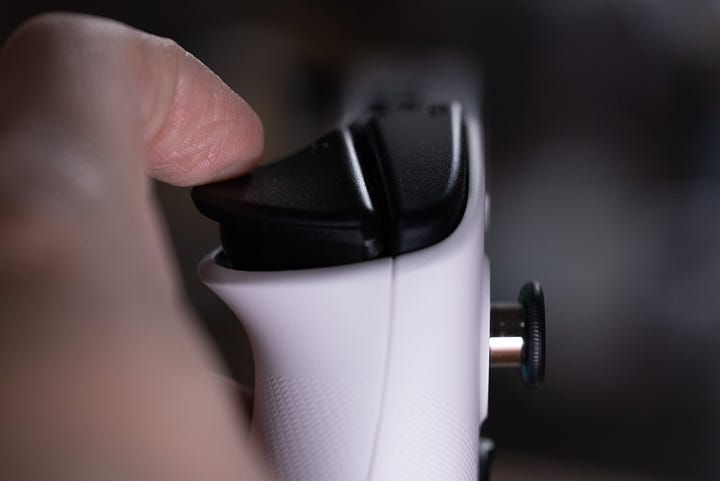
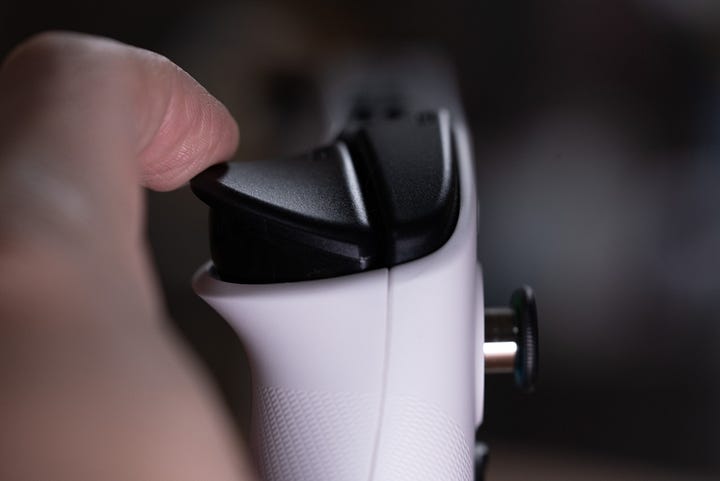
💆🏻♂️ Creature comforts. The Legion Go S has a great overall shape and size, but it also has a few quality-of-life controls you won’t find on most other devices, including adjustable triggers and a small trackpad. The adjustable triggers basically shorten the trigger pull to a lever-based button tap that’s perfect for shooters. The mini-trackpad, meanwhile helps me get around the Windows 11 whenever the touchscreen fails to tell I’m trying to tap a tiny spot on it. I just wished the trackpad area also doubled as a fingerprint reader because it’s the perfect size for one.
🛠️ Improved app. Thankfully, Lenovo’s Legion Space software has gotten much better, so I barely have to interact with the Windows 11 interface. The Legion Space app conveniently creates a library of games across different launchers like Steam, Epic, and Ubisoft Connect – all of which I can start with a simple tap or navigating with the controller buttons. The right-side shortcuts give me plenty of options to adjust the handheld’s display resolution, frame rate, power draw, fan speeds, and more.
⏸️ App hiccups. The Legion Space app still has a few rough edges, though. For example, while you can toggle most system controls with controller buttons, some are only touch-interactive. The app also hangs easily, and the performance monitor has also frozen a few times. This may be chalked up to the system's limited CPU cores, but I hope Lenovo continues to improve its software.
📦 Better configurations to come. Unfortunately the Lenovo Legion Go S’ biggest competitor is itself. The $729 model I tested is hardly the ideal configuration you should buy, as there will be a more affordable $599 model coming later this May with half the storage (512GB) and memory (16GB). Lenovo also plans on releasing a $499 Legion Go S running SteamOS as the first Valve-certified gaming handheld. In May, there will also likely be a Z2 Extreme or Z2 model that offers much better performance too – and hopefully longer battery life.
Should you buy the Lenovo Legion Go S?
Yes, if…
✅ You want a personal gaming device for mostly playing games at home and on the couch.
✅ You want a gaming handheld that’s ergonomic and comfortable for hours of gameplay
✅ You need a bigger screen on your handheld gaming device
No, if…
❌ You want a longer-lasting gaming handheld (get the Asus ROG Ally X or MSI Claw 8 Ai+ instead)
❌ You want a more powerful gaming handheld (this ain’t it yet)
❌ You’re waiting for a Z2- or Z2 Extreme-powered gaming handheld (wait for other Legion Go S configurations this May)
❌ You want SteamOS gaming handheld (wait for the SteamOS Legion Go S coming this May)
Kevin Lee is The Shortcut’s Creative Director. Follow him on Twitter @baggingspam.





